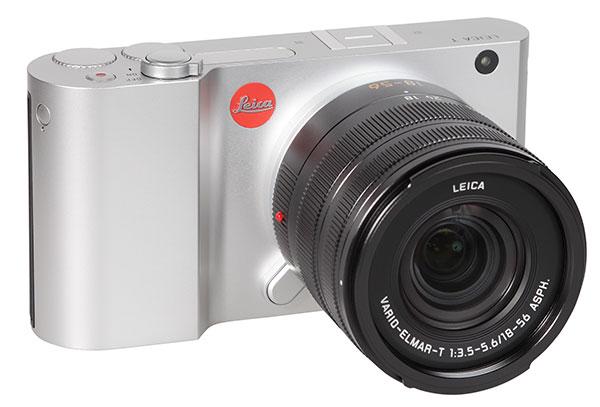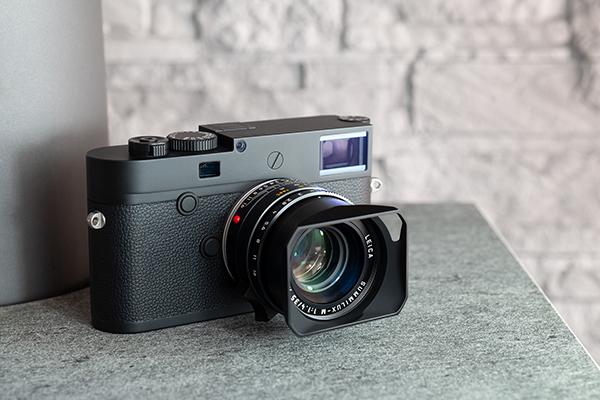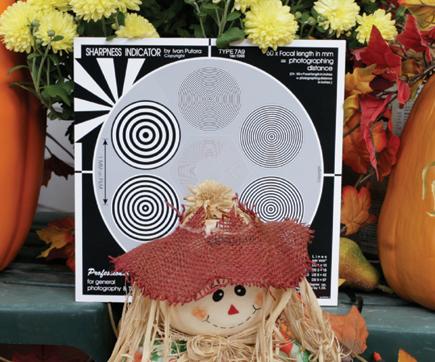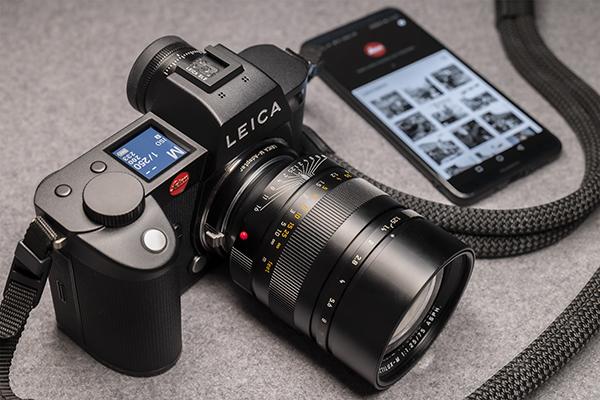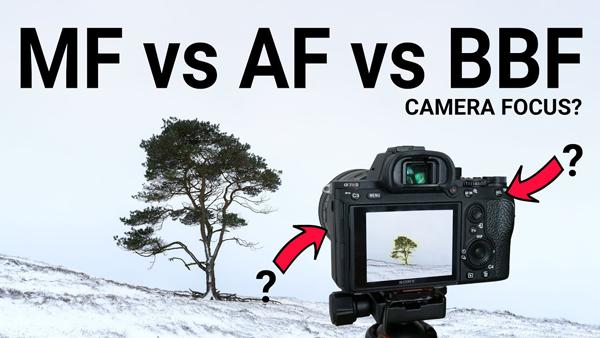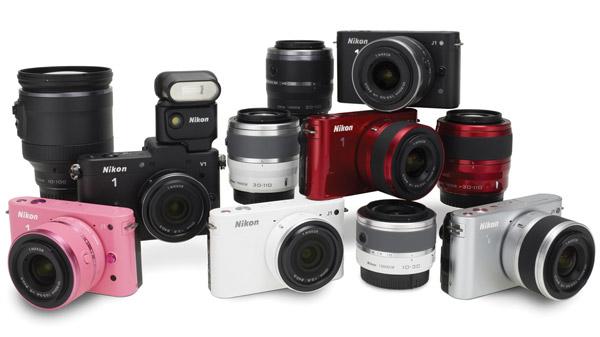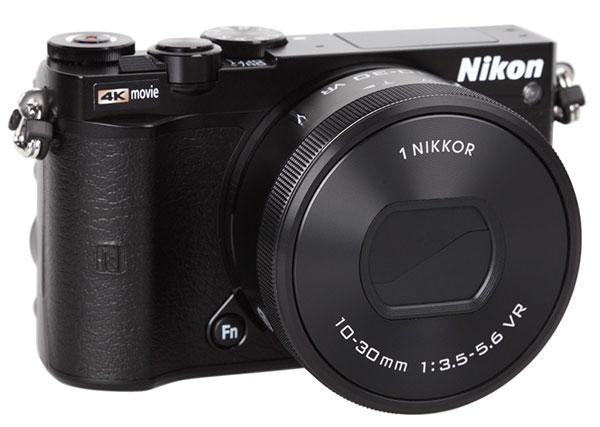Mirrorless Camera Reviews
Sort By: Post DateTitle Publish Date
|
Jan 26, 2016
|
Dec 23, 2015
|
Apr 26, 2024
|
Aug 31, 2017
|
Jan 17, 2020
|
Apr 01, 2007
|
Nov 06, 2019
|
Feb 09, 2021
|
May 13, 2014 |
First Published: Apr 01, 2014
|
Apr 09, 2012 |
First Published: Mar 01, 2012
|
Nov 22, 2013 |
First Published: Oct 01, 2013
|
Jun 05, 2015
|
Jul 09, 2012 |
First Published: Jun 01, 2012



